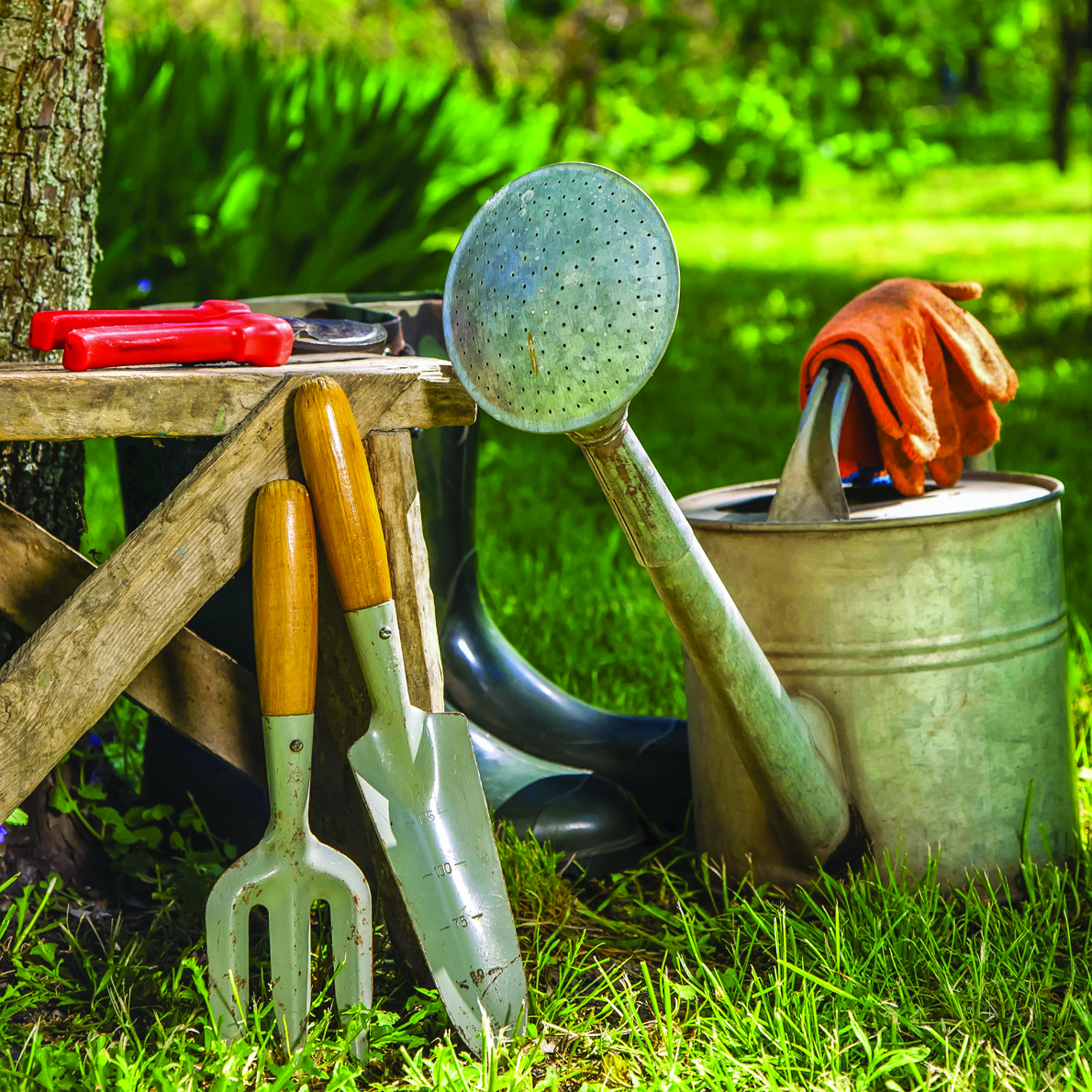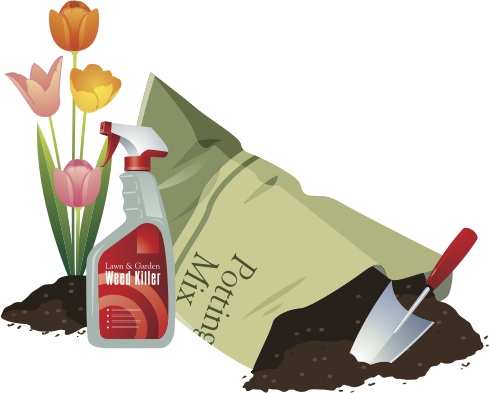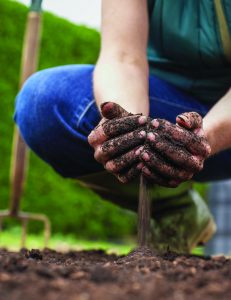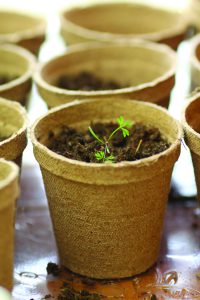The right tools for the job can be the difference between an interminable landscaping project and one that goes smoothly and efficiently. Aspiring landscapers probably have a few shovels and rakes hanging in their garages and sheds for basic landscaping work. But while such tools are effective for certain projects, when it comes to churning soil for garden beds or digging holes for outdoor structures, additional tools come in handy. It may be well worth a trip to a nearby home center to purchase or rent one of these tools ideal for breaking ground.
Rototiller
A rototiller, sometimes called just a “tiller,” is a powered garden tool designed to loosen soil prior to planting. A rototiller also can help aerate soil during the growing season. Because they reduce the need for manual spade digging or hoeing, tillers can be useful landscaping tools, particularly for homeowners who want to work efficiently.
Rototillers will break through tough soil and any plant roots. They come in a variety of sizes, and it’s best to match the tool to the size of the job. Many homeowners can get by with smaller, less powerful models, especially if the tiller is only necessary at the beginning of planting season. Professional landscapers or those with large swatches of property may benefit from larger models.
Auger
Augers, both mechanical and manual, are essentially large drill bits that help move materials from one location to another. Augers are typically used to cut holes in landscapes, and they are good for post-hole drilling, which is part of the process of installing deck footings, fencing posts or other structures. Augers come in a variety of sizes, and homeowners can choose how much power they prefer. Augers can be heavy and cumbersome, and many do-it-yourselfers will find that one-person augers are more than adequate for their projects.
Augers dig deep holes, so it is always smart to have the property surveyed prior to use. This way pipes, gas lines, buried electrical lines, and any other obstructions are clearly identified prior to drilling.
Cultivators are similar to tillers in that they loosen soil. Cultivators are effective during the growth period of plants, when they can be used to aerate the soil and remove weeds. Cultivators come in hand-held versions and push models, and some are even motorized. Cultivators get close to plants to remove weeds without disturbing the plant. They also are used to stir in compost or fertilizer.
While many people think cultivators and tillers are the same, that is not the case. The former is less powerful and will mix the soil or stir up the top layer, while the latter can break up moderately hard ground and loosen firm soil.
When using any tools around the garden, wear the proper protection. This includes devices to protect hearing when power tools are in use as well as gloves and safety goggles. Tillers, augers and cultivators have the potential to toss soil and rocks into the air, so make sure others keep their distance while work is in progress.
GT154047








